Live-action adaptations of comic book properties are in vogue right now, but there’s a danger when the fandom menace strikes and threatens to derail everything these heroes stand for. Image Comics’ Rogues’ Gallery Vol. 1 — by writer Hannah Rose May, artist Justin Mason, colorist Tríona Farrell, and letterer Hassan Otsmane-Elhaou — explores the darker side of being a comic book television star and everything that comes with it.
Rogues’ Gallery tackles the topic of toxic fandom. It isn’t only in the interactions between fans and celebrities but also including the peripheral players, such as the media and people surrounding the stars. While actor Maisie Wade seems to be able to take everything in stride as the actor playing comic book character Red Rogue on tv, her life is turned upside down when a group of unhinged fans dress up as Red Rogue’s villains and break into her home. What follows isn’t a perfect Hollywood story of Maisie becoming the all-conquering hero who becomes the Red Rogue in her own life, but a more cautionary tale of how obsession can lead to utter devastation and destruction.

May’s story has all the hallmarks of a superhero story, but it quickly descends into horror. She pens a realistic story that isn’t all sunshine and rainbows, as it examines the nature of society’s obsession with comic book movie actors. Rogues’ Gallery Vol. 1 spotlights the constant pressure actors like Maisie endure from the media and networks who treat these people as commodities. The never-ending criticism from fans, who never seem to be satisfied with any decisions the adaptation makes and solely lay the blame on the actors, can be just as bad.
While some critics have said the pacing of Rogues’ Gallery feels rushed, there’s an argument to be made to the contrary. Much like Maisie, there’s a lot happening beneath the surface in this series, especially in the third and fourth issues. So there isn’t much time to think as the characters need to react to the harrowing situation. By putting the pedal to the metal, May inspires the reader with the same sense of urgency as the characters. If things had moved at a slower pace or the narrative had been expanded to a six-issue arc, it’s likely that the story wouldn’t have had the same heart-pounding effect.

Mason showcases his ability to illustrate the quiet and intense moments with the same attention to detail and care while never keeping the reader glued to every page. That being said, the violent action sequences in the fourth chapter of the story are where the artist shines the brightest, as the panels collide and flailing limbs uppercut jaws with their brutal depictions of combat. Farrell’s colors bring a lot of energy to the story. She plays with white space and allows the art to breathe and convey its intended message. Similarly, Otsmane-Elhaou knows when to accelerate the intensity of the lettering and when to pull on the reins.
It’s safe to say there hasn’t been another series quite like Rogues’ Gallery. It’s a sharp and powerful commentary on the nature of comic book properties from all sides, getting into the darkest crevices and showing how the things people love somehow attract the most hate. More than anything, it’s a welcome reminder for everyone to take a step back to see the human beings behind these superheroes and remember that they don’t deserve to be put through the emotional meat grinder.
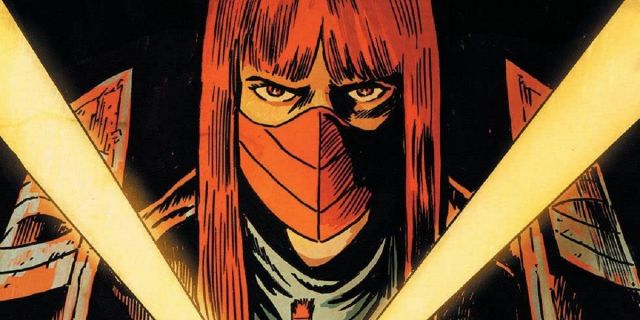



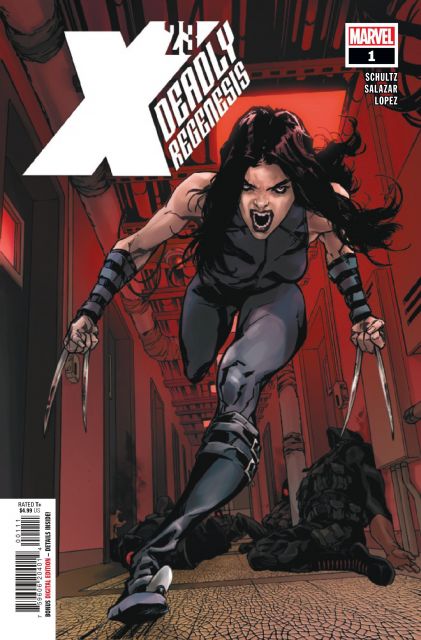
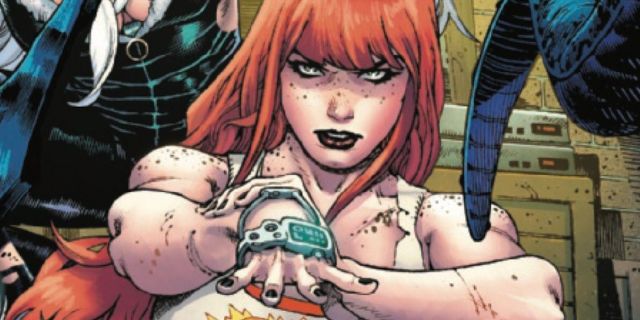
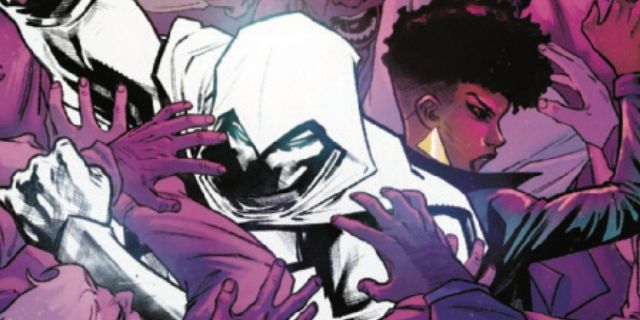


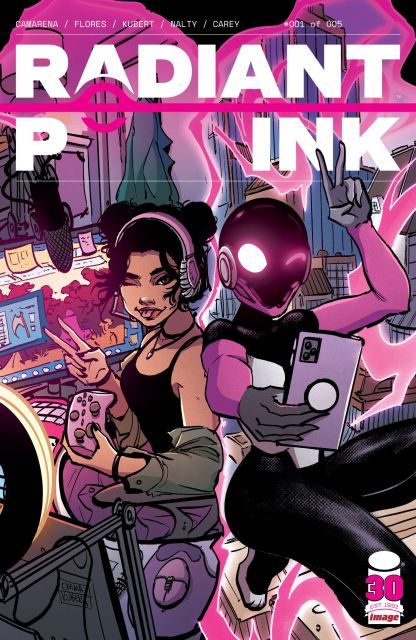





Leave a Reply